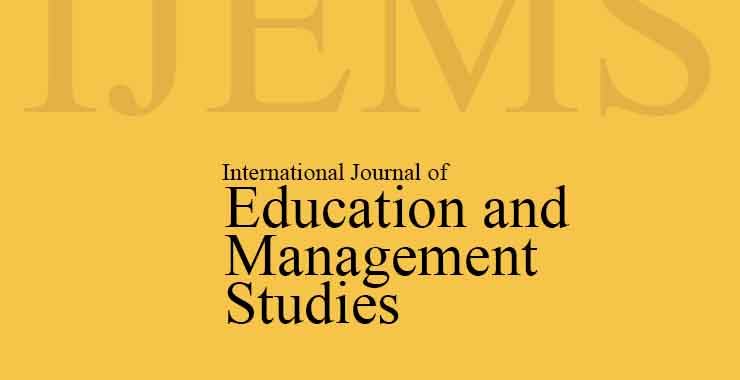Enhancing Academic Achievement in Science: The Impact of the 7E Learning Model on Upper Primary Students
Original price was: ₹ 201.00.₹ 200.00Current price is: ₹ 200.00.
Page: 135-139
Manish Agrawal , Bharti Sharma , and Kuldeep (Gyan Vihar School of Education , SGVU, Jaipur, Rajasthan)
Description
Page: 135-139
Manish Agrawal , Bharti Sharma , and Kuldeep (Gyan Vihar School of Education , SGVU, Jaipur, Rajasthan)
The 7E Learning Model has gained prominence as an innovative instructional approach that fosters student engagement, inquiry-based learning, and deep conceptual understanding in science education. This chapter examines the effect of the 7E instructional model on the academic achievement of upper primary students by analysing its theoretical foundation, empirical research findings, and practical implementation challenges. The study highlights how the seven interconnected phases-Elicit, Engage, Explore, Explain, Elaborate, Extend, and Evaluate-facilitate active learning and improve students’ scientific reasoning and retention. Empirical evidence suggests that students taught using the 7E model outperform their peers in traditional classrooms in terms of conceptual clarity, problem-solving abilities, and long-term knowledge retention (Bulbul, 2010; Dogru-Atay & Tekkaya, 2008). However, the successful adoption of this model faces several challenges, including teacher training limitations, inadequate resources, time constraints, and curriculum rigidities. The study discusses the necessity of professional development programs for educators to effectively implement the constructivist approach embedded in the 7E model (Wodai & Belay, 2021). Moreover, the role of institutional support and policy integration in fostering an inquiry-driven learning environment is emphasized. Despite these challenges, the 7E learning framework remains a powerful pedagogical tool that can significantly enhance student academic performance if adequately supported by infrastructure, curriculum flexibility, and innovative teaching strategies. Future research should explore longitudinal impacts, cross-cultural applications, and digital tool integrations to maximize the effectiveness of this model in diverse educational contexts.

